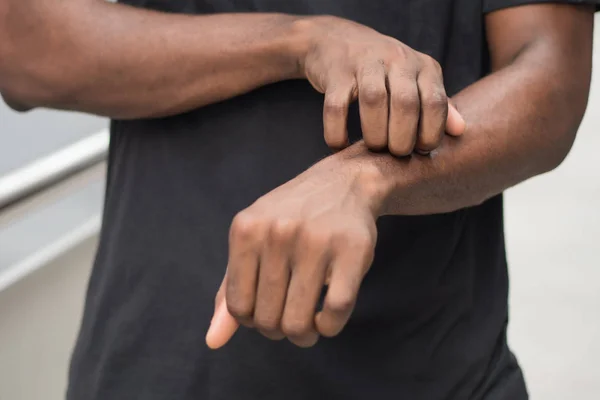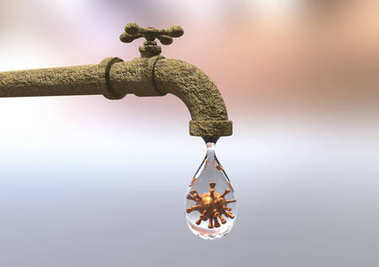Erb’s Palsy can impact a child and their family but there are options available for treatment and care.
Erb’s Palsy is a condition that can result from birth injuries and has a significant impact on both the child and their family. It’s often difficult news to hear for parents who learn of their baby having the condition, especially as it can vary in seriousness.
In this article, we will delve into what causes Erb’s Palsy, how it can be treated, and offer support and guidance to parents facing this challenging situation as well as tips on how to navigate Erb’s Palsy claims.

What Is Erb’s Palsy and How Does It Happen?
Erb’s Palsy, also known as Brachial Plexus Birth Palsy, is a condition that affects the network of nerves controlling the muscles of the arm and hand. It often occurs during childbirth when there is excessive pulling or pressure on the baby’s head and shoulders. This can happen in various ways:
Shoulder Dystocia
One of the leading causes of Erb’s Palsy is shoulder dystocia, a complication during delivery where the baby’s head passes through the birth canal, but the shoulders become stuck behind the mother’s pelvic bone.
Forceful Tugging
In some cases, healthcare providers may exert excessive force while assisting the baby’s delivery using instruments like forceps or vacuum extractors, which can injure the delicate brachial plexus nerves.
Abnormal Birth Presentation
Babies in breech or other abnormal presentations during birth are at a higher risk of experiencing Erb’s Palsy due to the complexities of delivery.
Can Erb’s Palsy Be Treated?
The treatment and prognosis for Erb’s Palsy largely depend on the severity of the nerve injury. Mild cases often resolve on their own with time, while more severe injuries may require medical intervention. Treatment options include:
Physical Therapy
Physical therapy is a cornerstone of Erb’s Palsy treatment. It involves exercises and activities aimed at improving muscle strength, range of motion, and functionality. Over time, the use of physical therapy can help to ease the symptoms. With a structured plan and the assistance of experts, it can have a significant impact on their wellbeing.
Occupational Therapy
Occupational therapists can help children develop fine motor skills and regain independence in daily tasks. Once again, this is something that can take time but through the efforts of all those involved, it is possible to help improve independence and fine motor skills.
Surgery
In severe cases, surgery may be necessary to repair damaged nerves or tendons. This is typically considered when there is little improvement after several months of therapy. Of course, this is always deemed the final course of action after all other options have been explored.
Medications
Medications can be prescribed to manage pain and discomfort associated with Erb’s Palsy.
Supportive Devices
Braces, splints, or other assistive devices may be recommended to support affected limbs and aid in the recovery process.
Supportive Tips for Parents of Children with Erb’s Palsy
Caring for a child with Erb’s Palsy can be emotionally and physically demanding. Here are some tips to help parents navigate this journey:
Seek Early Intervention
Early intervention services can make a significant difference in your child’s development. Don’t hesitate to seek therapies and support as soon as Erb’s Palsy is diagnosed.
Build a Strong Support Network
Connect with other parents facing similar challenges. Support groups and online communities can provide emotional support and valuable advice.
Educate Yourself
Learn about Erb’s Palsy, treatment options, and available resources. Knowledge empowers you to make informed decisions for your child.
Consider Legal Advice
If you suspect that your child’s Erb’s Palsy resulted from medical negligence, consult with a solicitor who specialises in Erb’s Palsy claims. They can help you explore legal options and seek compensation if appropriate.
Celebrate Progress
Celebrate every milestone and improvement your child makes, no matter how small. Positive reinforcement can motivate and boost your child’s self-esteem.
Advocate for Your Child
Be an advocate for your child’s needs within the healthcare and education systems. Ensure they receive the necessary support and accommodations.
Conclusion
Erb’s Palsy can be a challenging condition, but with early intervention, appropriate treatment, and a strong support system, many children with Erb’s Palsy can lead fulfilling lives. If you suspect that medical negligence played a role in your child’s condition, it’s essential to consult with legal experts experienced in Erb’s Palsy claims to seek justice and secure your child’s future.
Collins Nwokolo is a human physiologist, writer and health enthusiast. He loves writing helpful articles on health and fitness, which he enjoys sharing with everyone.









